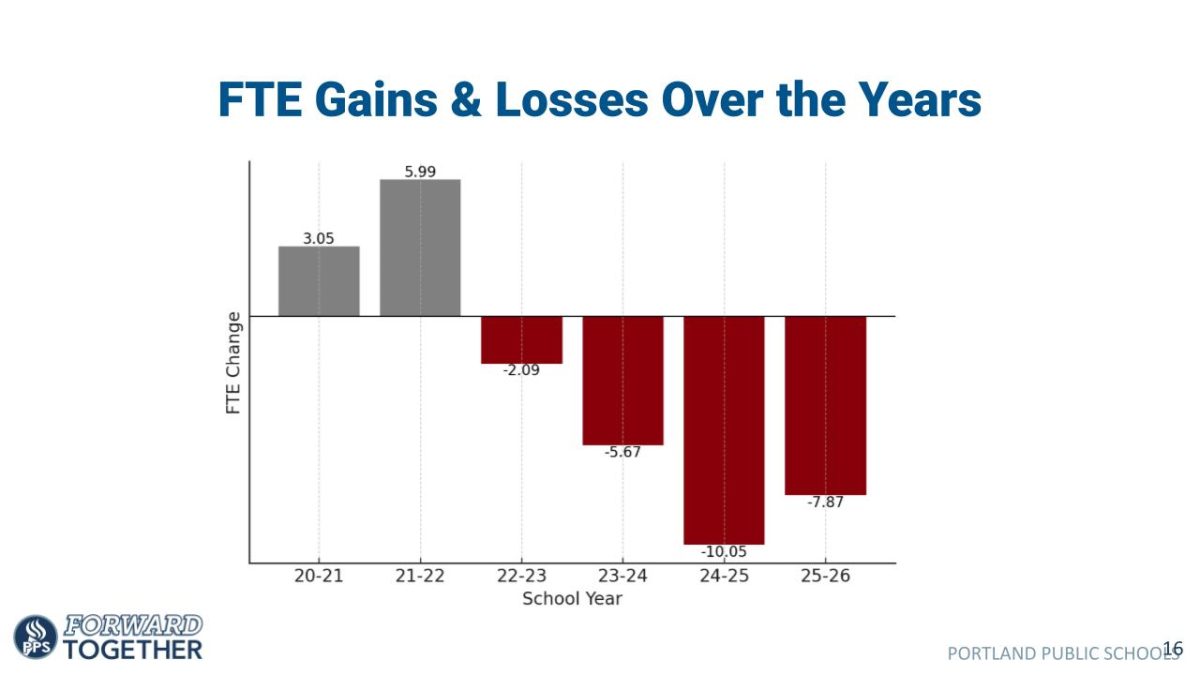Since college athletes began playing football in 1882, hundreds of teams have fought for the same goal: to win a national championship. However, out of the 128 Division I (D1) football teams eligible to compete for a national championship, only 33 have won. One of those teams is Florida State University (FSU).
The format on how to play in a national championship has changed through the years, but one thing that hasn’t changed is the ranking system. Most professional sports such as basketball, baseball and football use statistics to determine rankings; however, college football does it differently. In college football, a committee determines the rankings of teams. Until 2014, a team would have to be ranked in the top two of the Associated Press (AP) poll to compete for a national championship; these rankings would be determined based on a team’s success in that given season.
However, in 2014, college football decided to switch to allow four teams to compete for a national championship, and create the first ever College Football Playoff (CFP). Since the creation of the CFP, no power five team (a team in one of the five most prestigious conferences in college) that went undefeated was left out. That was until the 2023-2024 season.
This year FSU went 13-0, meaning they won every game they played in, including an Atlantic Coastal Conference (ACC) championship. During most of the season FSU was ranked inside the top four, qualifying them to compete in the national championship. This was until week 12, when FSU played the University of North Alabama, a game where FSU was favored to win by 48 points.
Unfortunately things didn’t go as planned, when star quarterback Jordan Travis was carted off the field after suffering a gruesome leg injury. FSU would go on to win this game, but all FSU fans cared about was the health of their quarterback. Shortly after, it was revealed that Travis would be out for the rest of the season with a lower leg injury. So with two games left in the regular season, FSU would need to win the rest of their games with their back-up quarterback. Now it wasn’t pretty, but FSU was able to grind out those two wins.
As mentioned previously, the CFP uses a committee instead of statistics, so in a professional league like the NFL, FSU would have already made it. But the CFP doesn’t use statistics, so everyone was waiting on the following Sunday of the conference championship games to see who would get a chance to compete for a national championship.
The other teams in discussion to take FSU’s spot were the University of Alabama (UA) and the University of Texas (UT). Both teams had one loss but won their conference championship, and at the time UA and UT passed the “eye test,” which is a way the committee ranks teams by how they look, and FSU didn’t. UA’s loss came to UT in week two, and UT’s loss came to their archrival the University of Oklahoma in week six of the regular season.
The argument for UT making the CFP was they won their conference championship, and beat UA, which was a top five team at the time. UA’s argument for making the CFP was because they had just won the SouthEastern Conference (SEC) championship which is known as the best conference in college football; UA also beat the University of Georgia in the SEC championship, who were ranked first in the country at the time of the game, while they also had won the previous two national championships. Then FSU’s argument was pretty simple: they never lost, they won the ACC championship, pretty self-explanatory.
When it came to deciding, the committee decided to let UT and UA in the CFP instead of FSU. This decision was a shock to many college football fans, including myself. The decision ultimately came down to which teams they thought would best compete for the national championship rather than which teams were most deserving.
This is where I think the CFP committee is wrong; I don’t think a team deserves to be in just because they are “better.” I think the most deserving teams based on record and strength of schedule (meaning how good the teams were that the team played in a given season) should have the chance to compete for a national championship.
I asked Franklin weight training teacher Joey Jacinto, and Franklin student Joaquin Moffatt (11) their opinion on the subject and here’s what they had to say. Jacinto explained that “they (the CFP committee) made the right decision by putting Alabama over FSU in the top four because he (Jordan Travis) had such an impact on the team’s success.” Moffatt disagrees, saying, “It is still a bad decision. The committee should’ve chose (FSU) regardless of the quarterback, they were still 13-0.”
I personally agree with Moffatt, but I understand why someone might not. The main reason why I think UA made it over FSU was because of TV ratings. Based on what we had seen from FSU, if they were to play the University of Michigan (UM) in the playoff, UM would have destroyed them. No fan wants to watch a playoff blowout, so likely this circumstance would have led to lower TV ratings and less money for the CFP. Now I don’t disagree that if FSU made the playoffs they would have lost badly; however, I still don’t think that matters. If you go undefeated as a power five team, you should make the CFP.
This is why I personally believe FSU should’ve made the CFP. While the team may not have “looked the best” going into the championship, their entire season performance shouldn’t have been discredited based on appearance. Fortunately for college football, the CFP is expanding to 12 teams next season, so hopefully we never have to deal with a situation like this ever again.


































